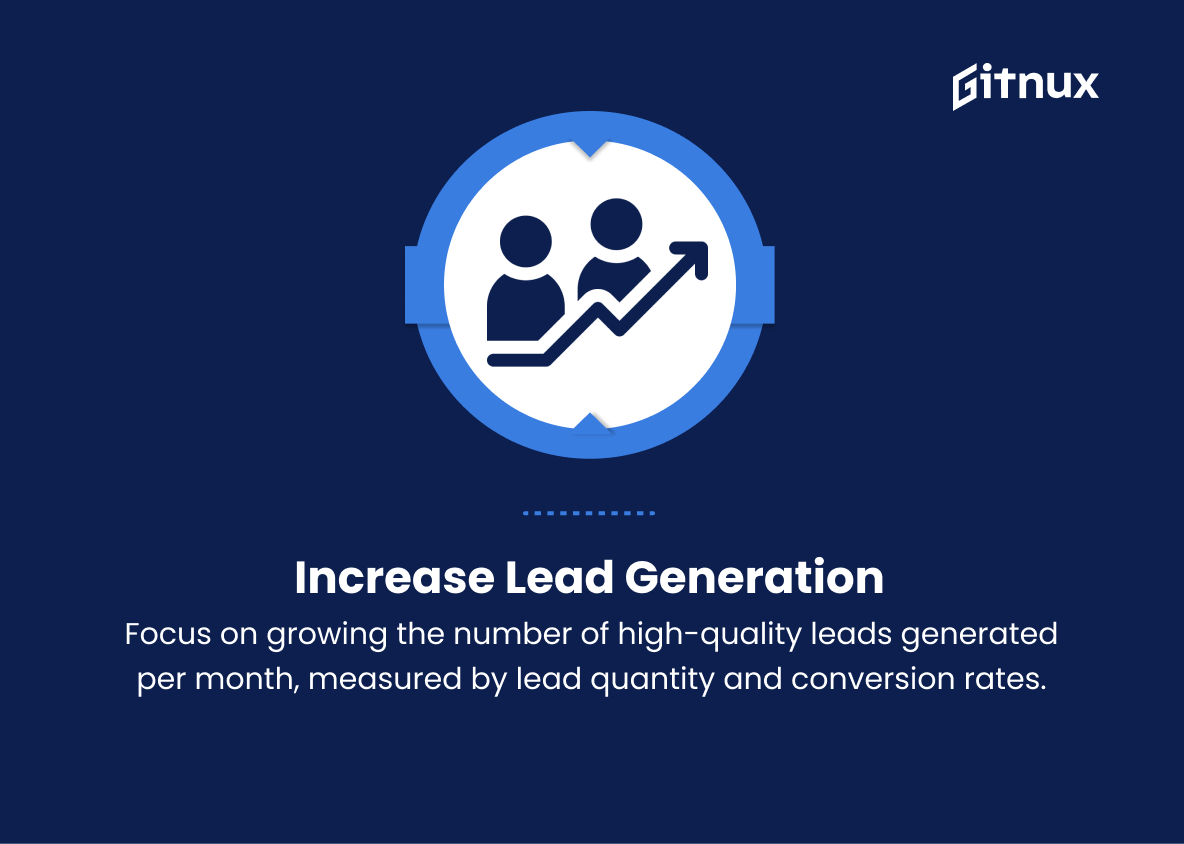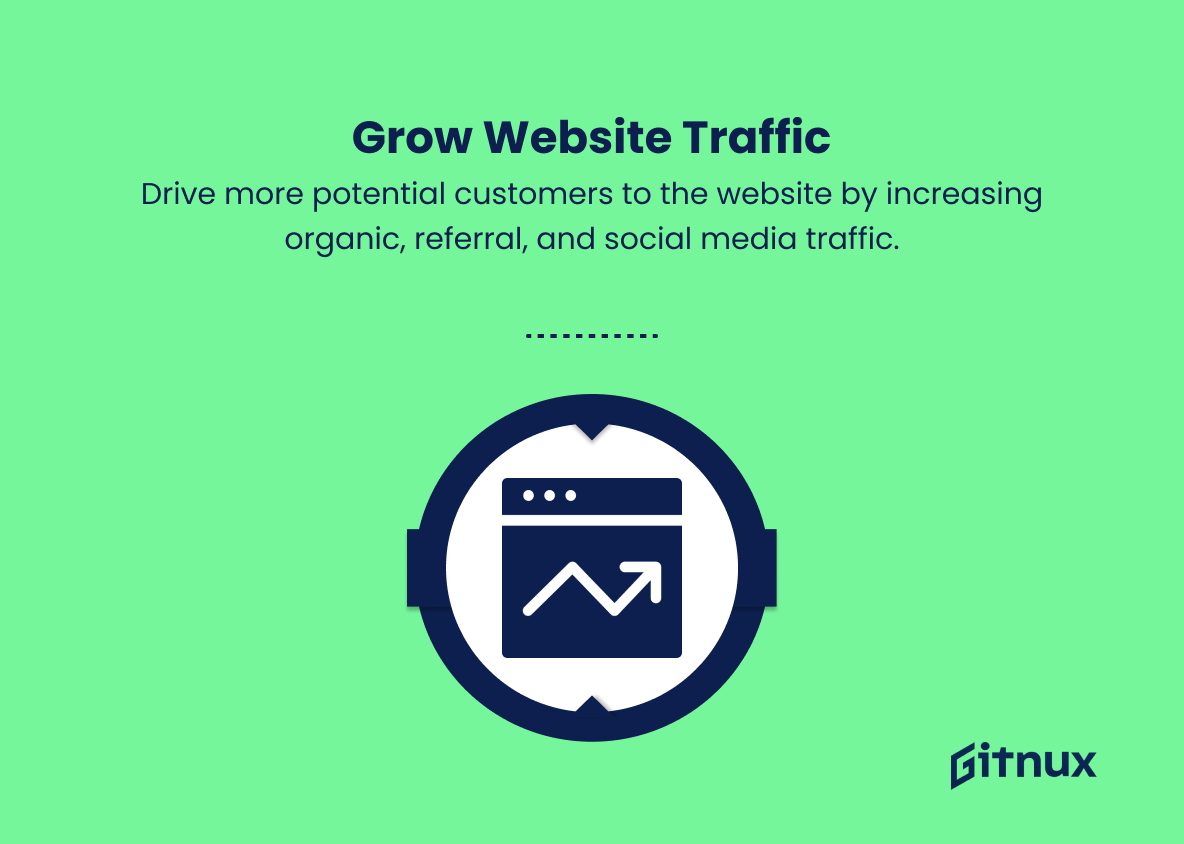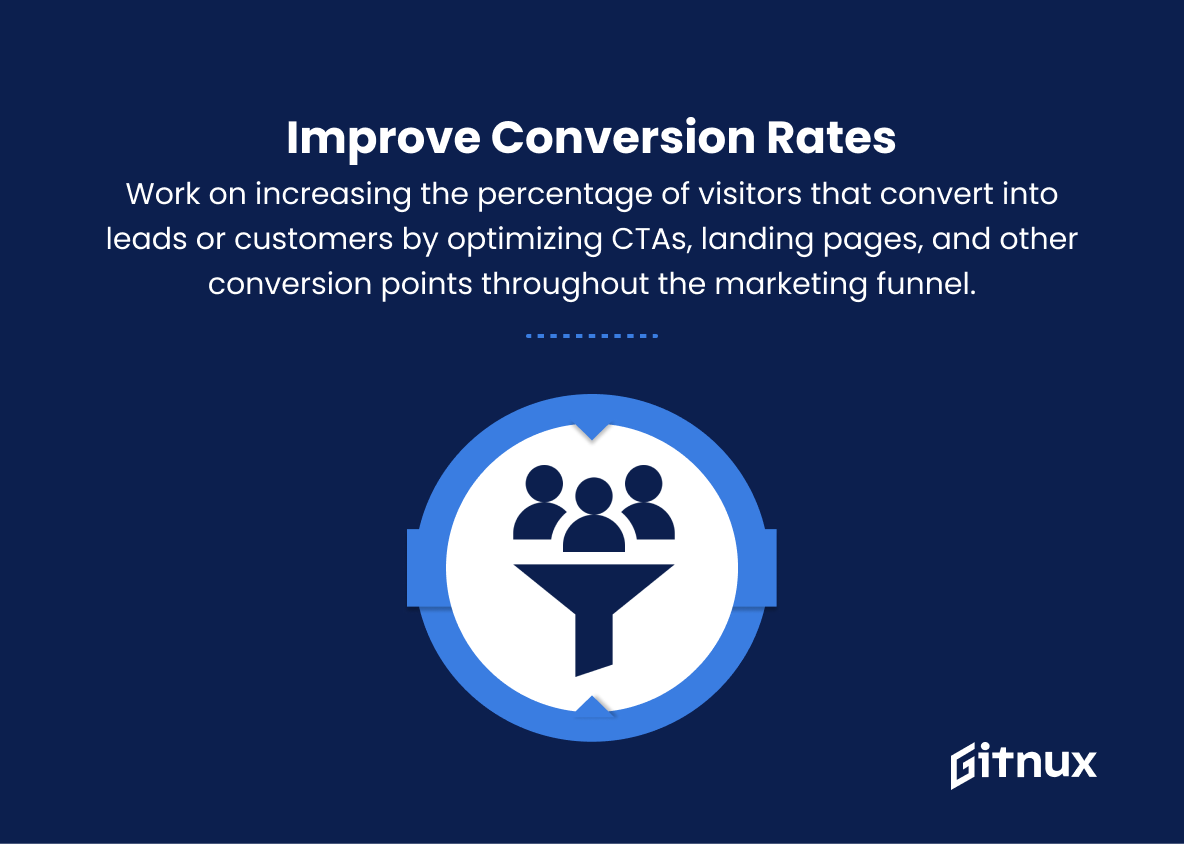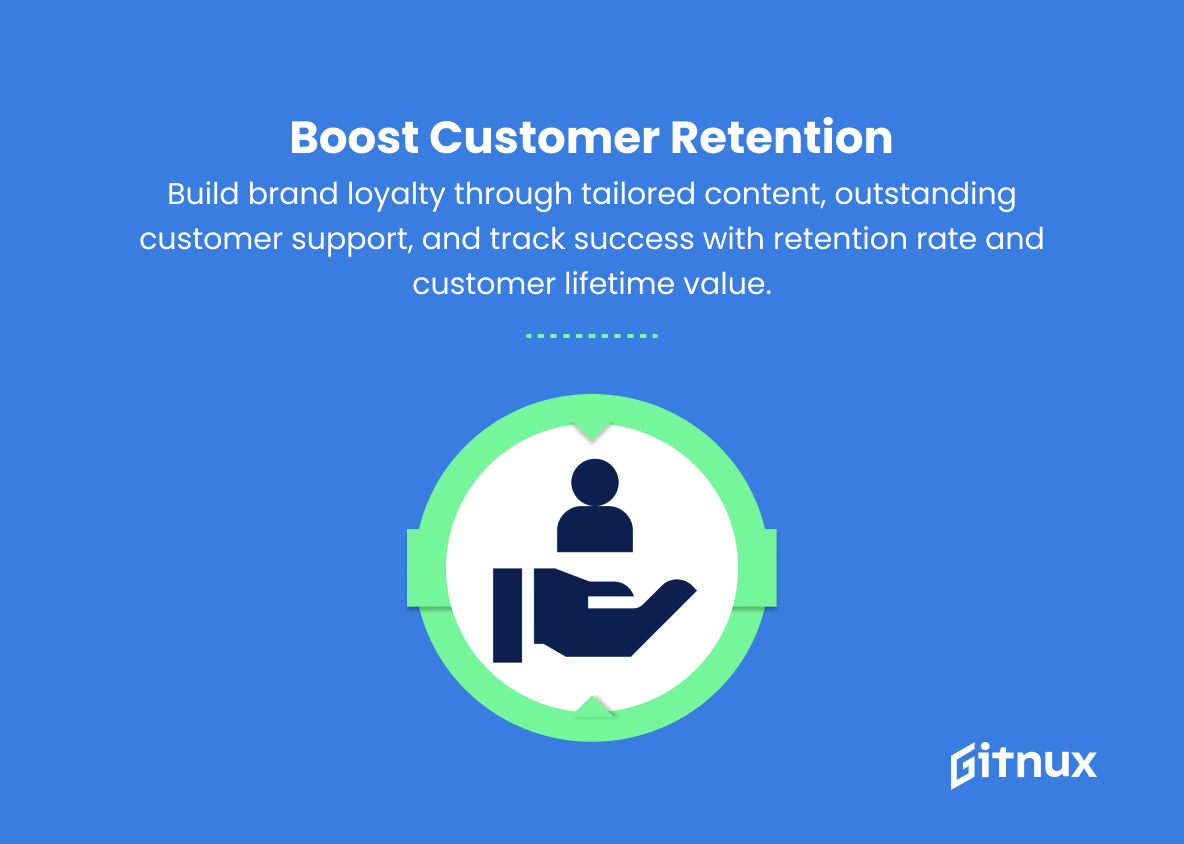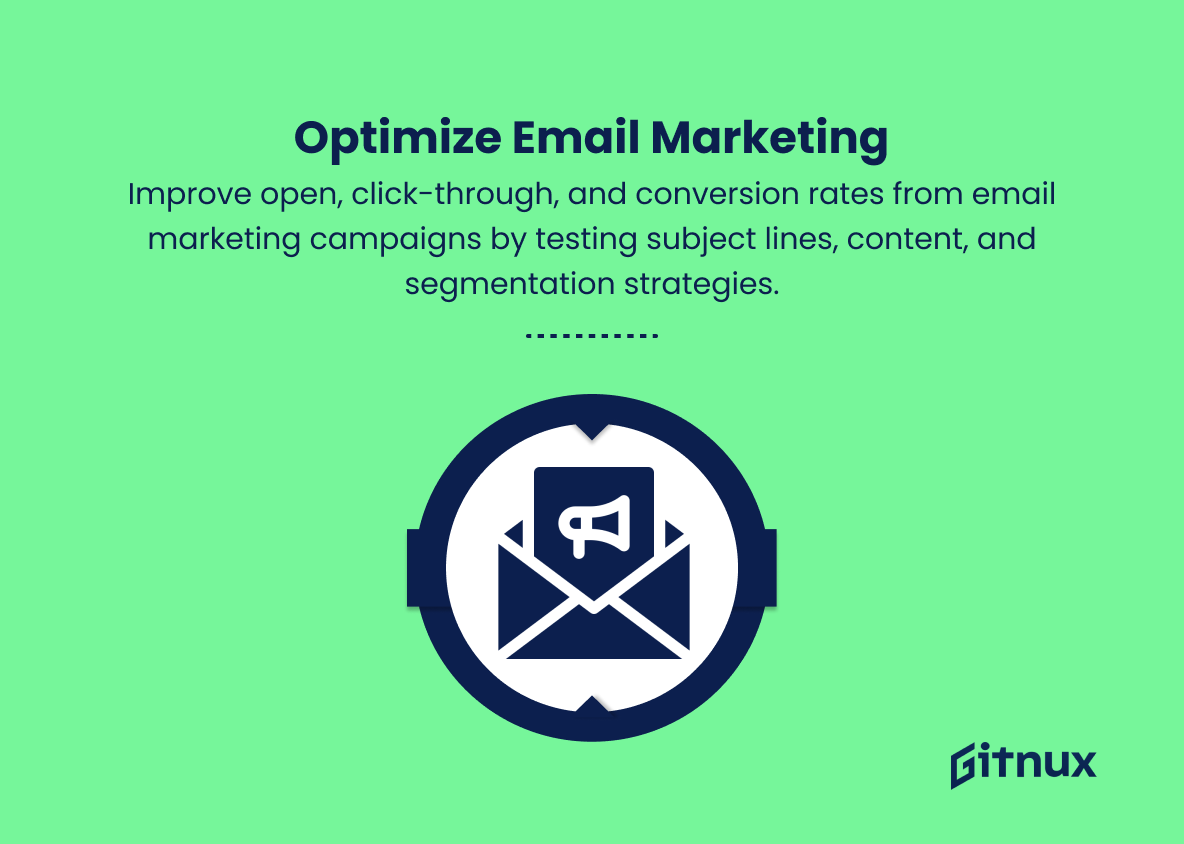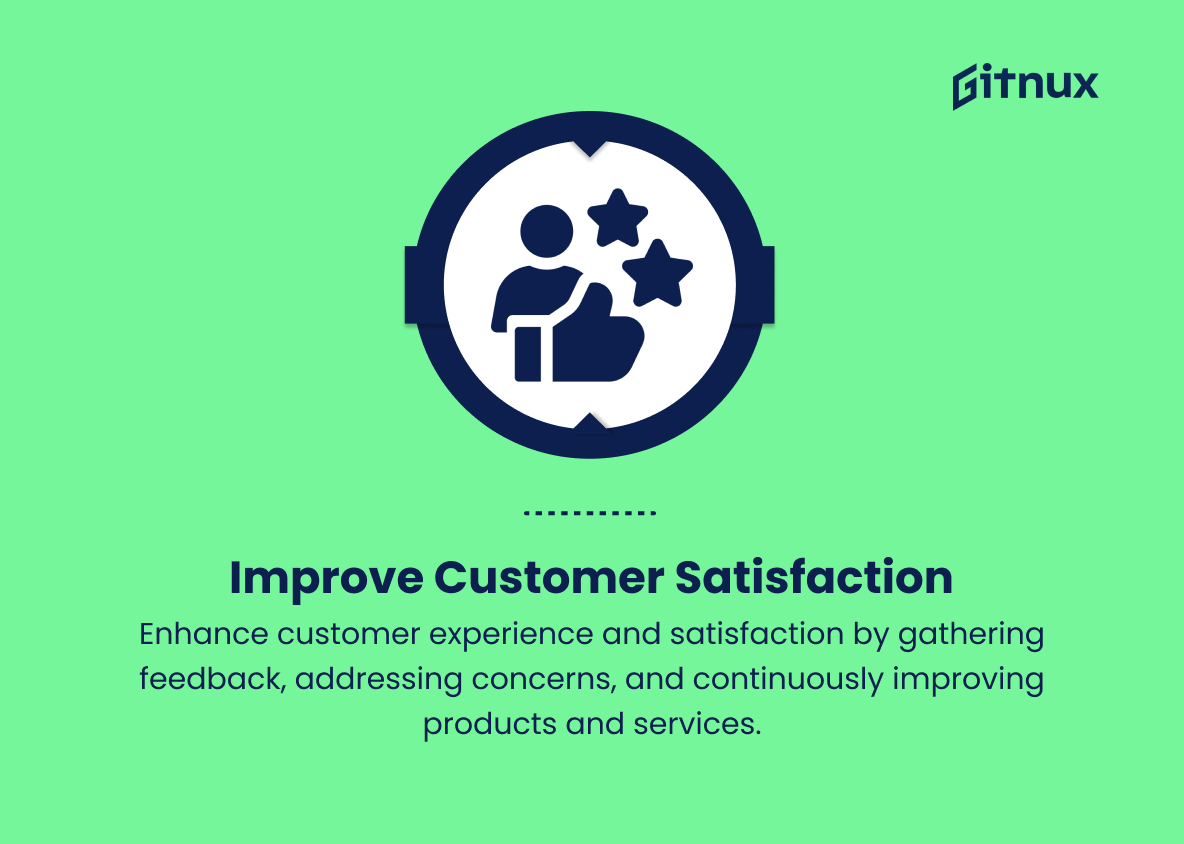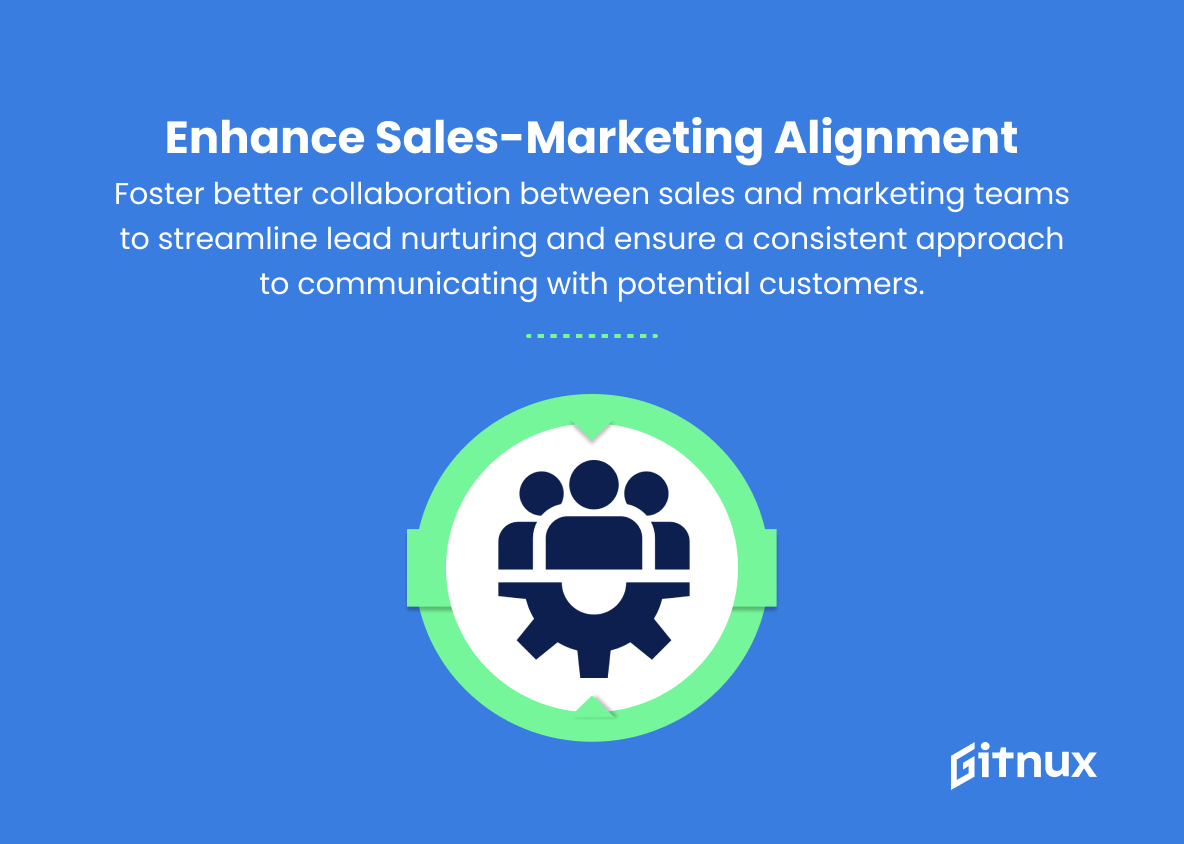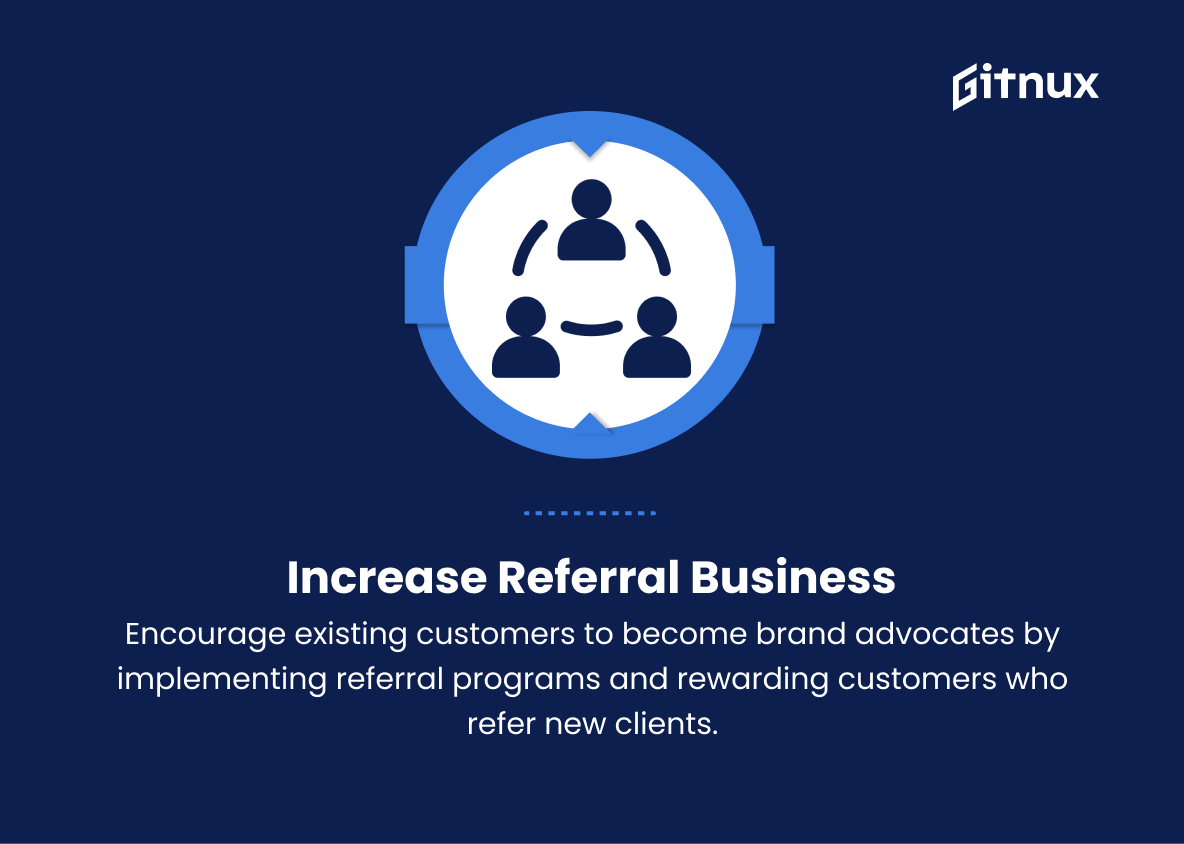In the ever-evolving world of business-to-business (B2B) marketing, setting clear, focused objectives is essential for driving growth and fostering long-term success. One powerful strategy that has gained significant traction among top-performing organizations is the implementation of Objectives and Key Results (OKRs). OKRs allow businesses to identify audacious goals, align team efforts, and measure progress against key performance indicators.
In this insightful blog post, we will delve into the crucial role that B2B Marketing OKRs play in strategizing, executing, and outperforming the competition, along with practical tips and best practices to make them an integral part of your marketing initiatives.
B2B Marketing OKRs You Should Know
1. Increase lead generation
Focus on growing the number of high-quality leads generated per month, measured by lead quantity and conversion rates. This can involve optimizing campaigns, targeting new markets, or improving content creation.
2. Grow website traffic
Drive more potential customers to the website by increasing organic, referral, and social media traffic. This can involve improving SEO, generating more backlinks, and increasing social media engagement.
3. Enhance content marketing
Increase the production and distribution of valuable, engaging content that drives conversions. Measure the success through engagement metrics, such as page views, social shares, and time spent on the page.
In the ever-evolving world of business-to-business (B2B) marketing, setting clear, focused objectives is essential for driving growth and fostering long-term success.4. Improve conversion rates
Work on increasing the percentage of visitors that convert into leads or customers by optimizing CTAs, landing pages, and other conversion points throughout the marketing funnel.
5. Strengthen brand awareness
Increase recognition of the company and its offerings among the target audience by expanding reach via various marketing channels and running awareness campaigns.
6. Boost customer retention
Focus on long-term relationships and brand loyalty by nurturing existing customers, offering customized content, and providing exceptional customer support. Measure success via the retention rate and customer lifetime value.
7. Amplify social media presence
Grow the company’s reach and engagement on social media platforms, targeting industry influencers and potential customers. Monitor performance through follower growth, engagement rate, and conversions attributed to social media efforts.
8. Optimize email marketing
Improve open, click-through, and conversion rates from email marketing campaigns by testing subject lines, content, and segmentation strategies. Monitor success through email performance metrics.
9. Expand market presence
Focus on market expansion by entering new geographies, industries, or customer segments. Measure success by new customers acquired, revenue growth in the targeted market, and share of the total market.
One powerful strategy that has gained significant traction among top-performing organizations is the implementation of Objectives and Key Results (OKRs).10. Maximize event and webinar attendance
Increase the number of registrations and attendees for company-hosted or sponsored events and webinars. This can entail better targeting, promotion, and follow-up strategies.
11. Improve customer satisfaction
Enhance customer experience and satisfaction by gathering feedback, addressing concerns, and continuously improving products and services. Measure success through customer satisfaction scores and testimonials.
12. Enhance sales-marketing alignment
Foster better collaboration between sales and marketing teams to streamline lead nurturing and ensure a consistent approach to communicating with potential customers. Measure success via lead acceptance rates and time-to-lead conversion.
13. Increase referral business
Encourage existing customers to become brand advocates by implementing referral programs and rewarding customers who refer new clients. Track the success by referral rates, new clients, and revenue generated from referrals.
14. Optimize marketing ROI
Maximize marketing return on investment by continuously analyzing campaign performance and adjusting strategies to optimize cost effectiveness. Monitor marketing effectiveness by looking at the overall revenue generated and marketing spend.
B2B Marketing OKRs Explained
B2B marketing OKRs hold significant importance as they provide a clear and concise roadmap for achieving growth and success in the highly competitive business landscape. They ensure that marketing efforts are focused on driving tangible results, such as lead generation, website traffic, content marketing, conversion rates, and brand awareness. Furthermore, they help businesses nurture long-term relationships with their customers, which ultimately leads to higher retention rates and increased brand loyalty.
Additionally, a strong social media presence, effective email marketing, targeted market expansion, and successful event and webinar attendance all contribute to an organization’s overall growth and profitability. Prioritizing customer satisfaction and sales-marketing alignment enables organizations to provide exceptional customer experiences and maintain consistency in their communication with potential customers. Lastly, focusing on generating referral business and optimizing marketing ROI ensures that marketing teams are consistently working towards maximizing efficiency and cost-effectiveness in their campaigns.
Conclusion
In summary, B2B Marketing OKRs are an essential tool for businesses that wish to create a clear path to success, enhance team alignment, and improve their overall marketing performance. By setting challenging yet attainable objectives and tracking progress through measurable key results, businesses can focus on the most promising opportunities for growth and adapt their strategies accordingly.
As the world of B2B marketing continues to evolve and expand, it is critical for organizations to adopt a systematic and goal-oriented approach to thrive in an increasingly competitive landscape. By implementing B2B Marketing OKRs effectively, businesses will be able to optimize their marketing efforts, measure their success, and accelerate their growth–securing a strong and prominent position in the market.
